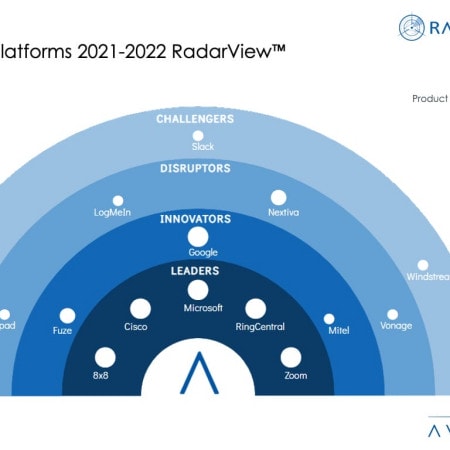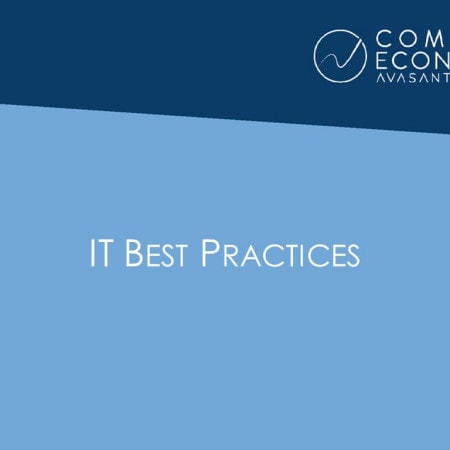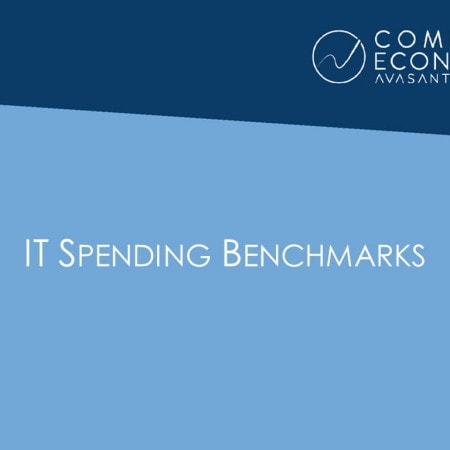-

UCaaS Platforms 2021–2022 RadarView™
The UCaaS Platforms 2021–2022 RadarView™ addresses the need for enterprises to replace their telephony infrastructure with a modern cloud communication platform and identify the right UCaaS providers to partner with. The 56-page report also provides our point of view on how UCaaS platform providers are catering to the changing needs of organizations through a wide portfolio of products and services, thus delivering a general ranking based on key dimensions of product maturity, enterprise adaptability, and innovation road map.
November, 2021
-

Unified Communications Transitioning from Business Continuity Tool to Strategic Must-Have
Unified communications as a service (UCaaS) proved vital as a business continuity tool during the pandemic. With enterprises seeing the potential, they are now going beyond isolated applications toward integrated tools directly into business critical applications like customer relationship management (CRM) and enterprise resource planning (ERP). The new strategic role of UCaaS can make workers more efficient and facilitate enterprise-wide collaboration
November, 2021
-

Business Continuity Planning Adoption and Best Practices
A comprehensive business continuity plan is one that ensures that the business itself will survive in the event of a disruption, with key business functions re-established. Nevertheless, far too few business leaders understand the importance of this exercise. In this report, we define what a business continuity plan should contain and look at adoption trends by organization size and sector. We also discuss the steps that IT leaders should take to create and maintain a business continuity plan. (16 pp., 6 fig.) [Research Byte]
April, 2018
-

A Practical Framework for Business Continuity Planning
Too often, disaster recovery is simply an information-technology-led exercise. There is a growing recognition, however, that contingency planning needs to go beyond recovery of IT systems to become a business-led process that prepares the organization for many forms of disruption and ensures that the business itself—not just the IT systems—will continue uninterrupted. This report provides practical guidance on best practices for business continuity planning. (11 pp., 2 fig.) [Research Byte]
January, 2014
-

Disaster Recovery Spending Benchmarks
How much should an IT organization be spending on its disaster recovery efforts? In this study, we look at DR spending per user, per server, and as a percentage of the IT operational budget. We also examine differences in DR spending by organizational size and sector. Finally, we assess how many organizations are periodically testing their disaster recovery plans, a best practice that is all too often ignored. The metrics provided in this report can be used to benchmark an organization’s disaster recovery spending and testing practices. (15 pp., 10 figs.) [Research Byte]
February, 2011
-

Business Continuity Spending: How Much Is Enough?
How much business continuity spending is appropriate for the level of risk an organization is willing to accept? In this study, we look at average spending on business continuity as a percentage of the IT budget. Because risks and compliance issues can vary widely from sector to sector, we break down spending by industry to provide more targeted metrics. We also analyze spending by organizational size and look at the change in spending levels from 2006 to 2007. Finally, we investigate how organizations rank disaster recovery improvements as a budgetary priority. (4 pp., 5 figs.)[Executive Summary]
February, 2008
-

Disaster Recovery Lessons Learned from Hurricane Katrina
Katrina exposed a weakness in the disaster recovery plans of many organizations. In addition to providing a secondary data center to recover critical IT business systems, companies must also plan to relocate key IT support personnel and key users to administer those systems. This article outlines key considerations in preparing for a Katrina-level disaster and provides updated guidelines for the safe distance and location of the recovery data center. (5 pp., 1 fig.)[Executive Summary]
November, 2005
-

Business Continuity and Disaster Recovery
Enterprises today must look realistically at the potential impact of a catastrophic disaster thatâthrough a loss of the IT infrastructureâcould cripple their ability to meet customer needs, fulfill functions in the service or public sectors, or create a large financial loss.
November, 2003
-

Cost-Effective Enterprise Disaster Planning and Recovery With VM
In the progression of steps from planning for a disaster to recovering from a real event, efforts expended on the early stages pay-off immediately, in confidence that business will not be interrupted. This article outlines features of IBM's VM operating system that are useful in supporting disaster recovery.
July, 2003
-

DRP and BCP: Building an Effective Corporate Plan
The ability of your business to perform successfully is potentially at the mercy of many unknown factors. These factors can include disasters caused by Mother Nature, physical and environmental accidents, utility failures, and more. Additionally, every organization now faces the ongoing threat of a catastrophic terrorist event--whether you conduct business domestically or internationally.
May, 2003
-

Problem Management: How Effective Are Your Technical Support Functions?
In todayâs challenging economic times, an IT organizationâs ability to prevent and recover from problems arising from IT failures is more critical than ever before. The far-reaching effects of several hours or even a few minutes of operational downtime can potentially wreak havoc on your businessâ bottom line. This article provides an overview of the key displine of problem management
April, 2003
-

DRP—Without Proper Testing You May Not Have a Plan
In spite of the increased awareness on external and internal threats to IT systems, many companies still havenât gotten the message that it is critical to build a workable disaster recovery plan (DRP). But even if you have done a world-class job of building a recovery plan, if you havenât developed an effective testing strategy your efforts may have been in vain.
January, 2003

 Grid View
Grid View List View
List View